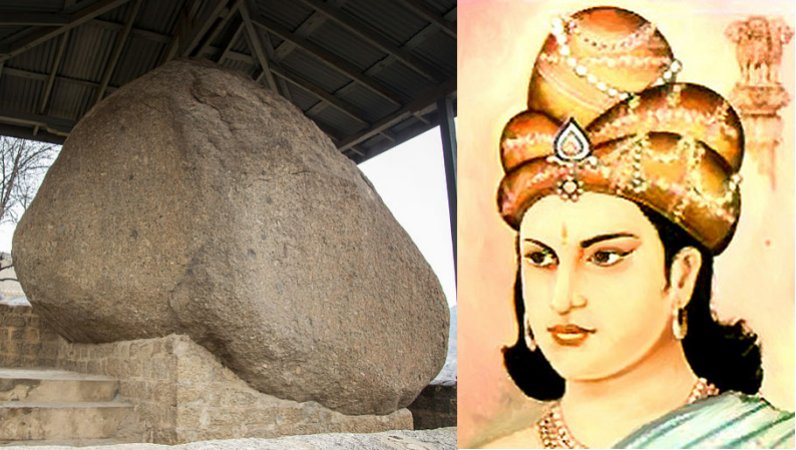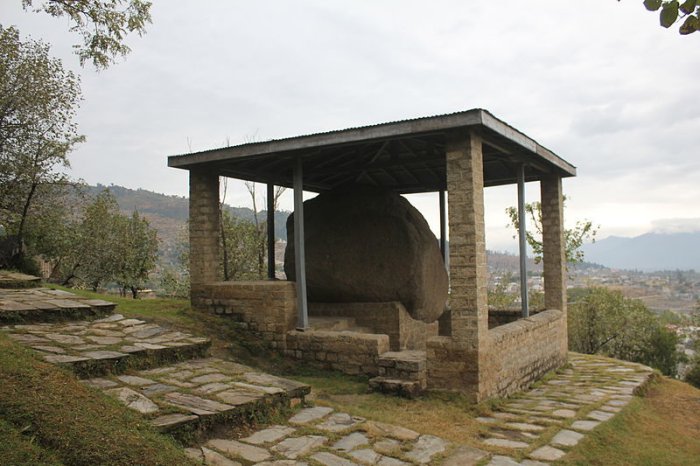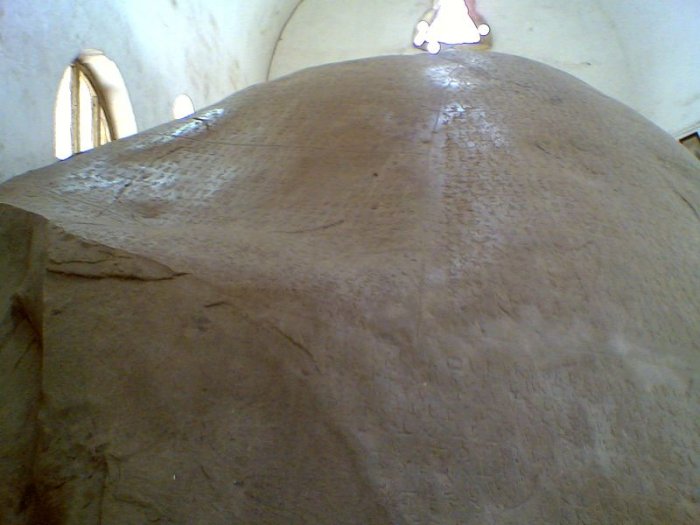Mansehra Rock Edicts – Last Words Of Emperor Ashoka
Ellen Lloyd - AncientPages.com - Emperor Ashoka (304 B.C -232 B.C.) is long gone but this great historical figure left behind an everlasting legacy and he is remembered for his energy, determination, and promotion of Buddhism. Considered one of India's greatest emperors, Ashoka ruled almost all of the Indian subcontinent from 268 to 232 B.C.
Left: The giant rock of Ashoka. Credit: Faysal Elahi, CC BY-SA 4.0 - Right: Artistic impression of Emperor Ashoka. Credit: Pinterest
“From the Volga to Japan his name is still honored. More living men cherish this memory today than have ever heard the names of Constantine or Charlemagne,” H.G. Wells writes in the Outline of History. 1
The early part of his reign was undoubtedly bloodthirsty, but after witnessing the mass deaths of the Kalinga War, Emperor Ashoka changed as a person and converted to Buddhism.
Emperor Ashoka won the Kalinga War, a battle fought between him and the Mauryan army led by King of Raja Anantha, but the price was high. The war took a tremendous toll of life and property. More than 100,000 soldiers were killed, and 150,000 civilians were deported.
One of the major rock edicts with an inscription made by Emperor Ashoka. Credit: Muhammad Zahir, CC BY-SA 3.0
Legend tells that one day after the war had finished, Emperor Ashoka came to the city and he was shocked to see the complete destruction and dead corpses. The horrible scenes of death led to his conversion to Buddhism and he became a more peaceful emperor.
Emperor Ashoka’s last words were preserved for future generations. The Mansehra rock edicts, cut into the surface of three large boulders can be found on a small rocky mountain outside the city of Mansehra in Khyber Pakhtunkhwa province of Pakistan. The edicts date back to the 3rd century B.C. and it is widely believed the text is written in the ancient Indic script of Gandhara culture, Kharosthi.
In the fourth rock edict and three others, scientists found evidence that Emperor Ashoka “wished to remind his subjects of certain religious shows at which he had exhibited to them in effigy the gods whose abodes they would be able to reach by the zealous practice of dhamma.” 2
On the thirteenth edict, Emperor Ashoka expressed his feelings after witnessing the destruction of Kalinga.
According to the translated text, Ashoka felt great remorse for what had happened.
Major Rock Edict contains inscriptions by Ashoka. Credit: Jadia Gaurang, CC BY-SA 3.0
“Directly after the Kalingas had been annexed began His Sacred Majesty’s zealous protection of the Law of Piety, his love of that Law, and his inculcation of that Law. Thence arises the remorse of His Sacred Majesty for having conquered the Kalingas, because the conquest of a country previously unconquered involves the slaughter, death, and carrying away captive of the people. That is a matter of profound sorrow and regret to His Sacred Majesty.” 3
The Mansehra rock edicts are of great historical importance, but due to environmental degradation, the ancient script is fading away and it’s almost impossible to read the message today. Pakistan has tried to cover the rocks with canopies to shelter the boulders from weather conditions. Hopefully, this important historical site can be saved, and the last words of Emperor Ashoka will still be accessible to future generations.
The site has been submitted for inclusion in the UNESCO World Heritage Sites and is currently on the tentative list.
Written by Ellen Lloyd – AncientPages.com
Copyright © AncientPages.com All rights reserved. This material may not be published, broadcast, rewritten or redistributed in whole or part without the express written permission of AncientPages.com
Expand for references- G. Wells – The Outline of History
- Hultzsch, E. "New Readings in Asoka's Rock-Edicts." Journal of the Royal Asiatic Society of Great Britain and Ireland, 1913, 653-55
- Vincent Smith - Asoka: The Buddhist Emperor of India
More From Ancient Pages
-
 On This Day In History: Malcolm III, King of Scots Died – On Nov 13, 1093
News | Nov 13, 2016
On This Day In History: Malcolm III, King of Scots Died – On Nov 13, 1093
News | Nov 13, 2016 -
 207-Year-Old Whaling Shipwreck Discovered In Gulf Of Mexico
Archaeology | Mar 23, 2022
207-Year-Old Whaling Shipwreck Discovered In Gulf Of Mexico
Archaeology | Mar 23, 2022 -
 Student Finds Beautiful Viking Age Silver Hoard In Aarhus, Denmark
Vikings | Aug 21, 2024
Student Finds Beautiful Viking Age Silver Hoard In Aarhus, Denmark
Vikings | Aug 21, 2024 -
 MUL.APIN Tablets: Babylonian Knowledge Of Astronomy And Astrology Recorded In Cuneiform Writing
Artifacts | Sep 27, 2019
MUL.APIN Tablets: Babylonian Knowledge Of Astronomy And Astrology Recorded In Cuneiform Writing
Artifacts | Sep 27, 2019 -
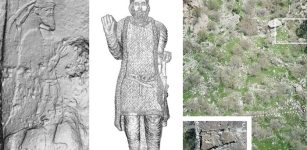 Mysterious 2,000-Year-Old Lost City Of Natounia May Have Been Found!
Archaeology | Jul 20, 2022
Mysterious 2,000-Year-Old Lost City Of Natounia May Have Been Found!
Archaeology | Jul 20, 2022 -
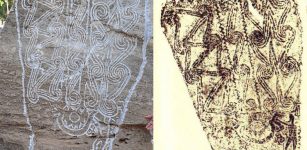 Bulgaria’s Reliefs From Ancient Thracian Sun Shrine – Restored
Artifacts | Sep 29, 2015
Bulgaria’s Reliefs From Ancient Thracian Sun Shrine – Restored
Artifacts | Sep 29, 2015 -
 New Light On The Complex Evolution Of Our Feet
Evolution | Nov 22, 2023
New Light On The Complex Evolution Of Our Feet
Evolution | Nov 22, 2023 -
 Unexpected Underwater Discovery Of 50,000 Ancient Coins Off Sardinia Hints At Hidden Shipwreck
Archaeology | Nov 10, 2023
Unexpected Underwater Discovery Of 50,000 Ancient Coins Off Sardinia Hints At Hidden Shipwreck
Archaeology | Nov 10, 2023 -
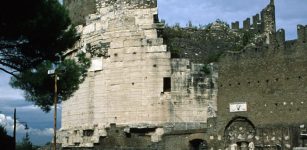 Unique Tomb Of Roman Noblewoman Caecilia Metella Reveals Secrets Of Ancient Concrete Resilience
Archaeology | Oct 14, 2021
Unique Tomb Of Roman Noblewoman Caecilia Metella Reveals Secrets Of Ancient Concrete Resilience
Archaeology | Oct 14, 2021 -
 Stunning Images Of Shackleton’s Lost Ship Endurance Discovered Off The Coast Of Antarctica
Archaeology | Mar 9, 2022
Stunning Images Of Shackleton’s Lost Ship Endurance Discovered Off The Coast Of Antarctica
Archaeology | Mar 9, 2022 -
 Rare 2,700-Year-Old Seal Of Biblical King Jeroboam II’s Servant Confirmed Authentic
Artifacts | Jan 18, 2021
Rare 2,700-Year-Old Seal Of Biblical King Jeroboam II’s Servant Confirmed Authentic
Artifacts | Jan 18, 2021 -
 Teotihuacán: Enigmatic Birthplace Of The Gods And Its Obscure History
Civilizations | Jul 26, 2016
Teotihuacán: Enigmatic Birthplace Of The Gods And Its Obscure History
Civilizations | Jul 26, 2016 -
 15th Century Cooking Pot With 500 Silver And Gold Coins Unearthed In Vianen, Netherlands
Archaeology | Mar 6, 2018
15th Century Cooking Pot With 500 Silver And Gold Coins Unearthed In Vianen, Netherlands
Archaeology | Mar 6, 2018 -
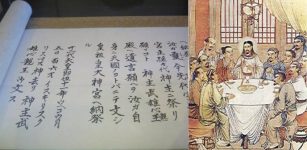 Controversial Ancient Takenouchi Documents Could-Re-Write Our History – Story Of Gods, Lost Continents And Ancient Sages
Featured Stories | Apr 28, 2017
Controversial Ancient Takenouchi Documents Could-Re-Write Our History – Story Of Gods, Lost Continents And Ancient Sages
Featured Stories | Apr 28, 2017 -
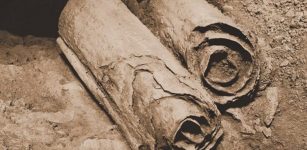 Qumran: The Dead Sea Scrolls And Their Connection To Enigmatic Essenes
Civilizations | Feb 20, 2016
Qumran: The Dead Sea Scrolls And Their Connection To Enigmatic Essenes
Civilizations | Feb 20, 2016 -
 DNA From 3,800-Year-Old Individuals Sheds New Light On Bronze Age Families
Archaeology | Aug 29, 2023
DNA From 3,800-Year-Old Individuals Sheds New Light On Bronze Age Families
Archaeology | Aug 29, 2023 -
 Pre-Columbian Societies Declined 2,000 Years Ago Due To Sea Level Fall
Archaeology | Dec 22, 2021
Pre-Columbian Societies Declined 2,000 Years Ago Due To Sea Level Fall
Archaeology | Dec 22, 2021 -
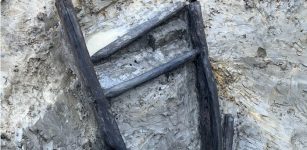 Incredibly Well-Preserved 1,000-Year-Old Wooden Ladder Discovered In The UK
Archaeology | Apr 30, 2022
Incredibly Well-Preserved 1,000-Year-Old Wooden Ladder Discovered In The UK
Archaeology | Apr 30, 2022 -
 13,000-Year-Old Human Footprints Discovered In Canada
Archaeology | Mar 30, 2018
13,000-Year-Old Human Footprints Discovered In Canada
Archaeology | Mar 30, 2018 -
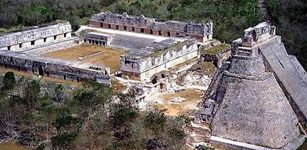 Ancient City Of Uxmal And Magnificent Pyramid Of The Magician
Featured Stories | Dec 19, 2015
Ancient City Of Uxmal And Magnificent Pyramid Of The Magician
Featured Stories | Dec 19, 2015

